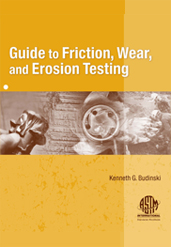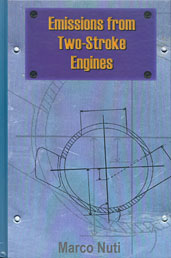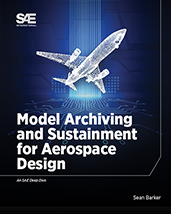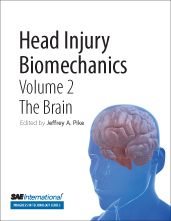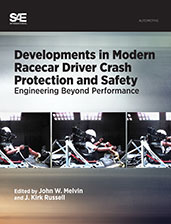Book

Successful Prediction of Product Performance
2016-09-12
The ability to successfully predict industrial product performance during service life provides benefits for producers and users. This book addresses methods to improve product quality, reliability, and durability during the product life cycle, along with methods to avoid costs that can negatively impact profitability plans. The methods presented can be applied to reducing risk in the research and design processes and integration with manufacturing methods to successfully predict product performance. This approach incorporates components that are based on simulations in the laboratory. The results are combined with in-field testing to determine degradation parameters. These approaches result in improvements to product quality, performance, safety, profitability, and customer satisfaction.
